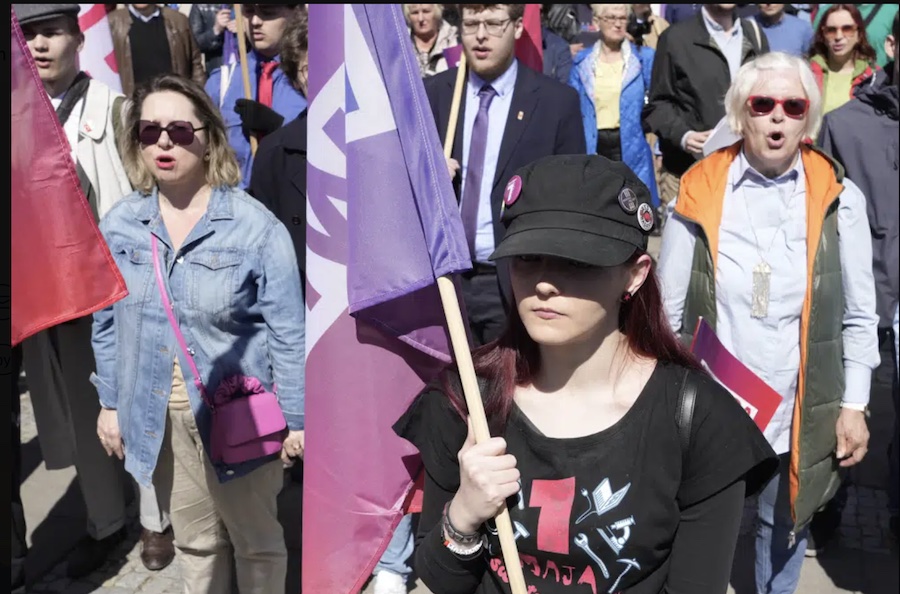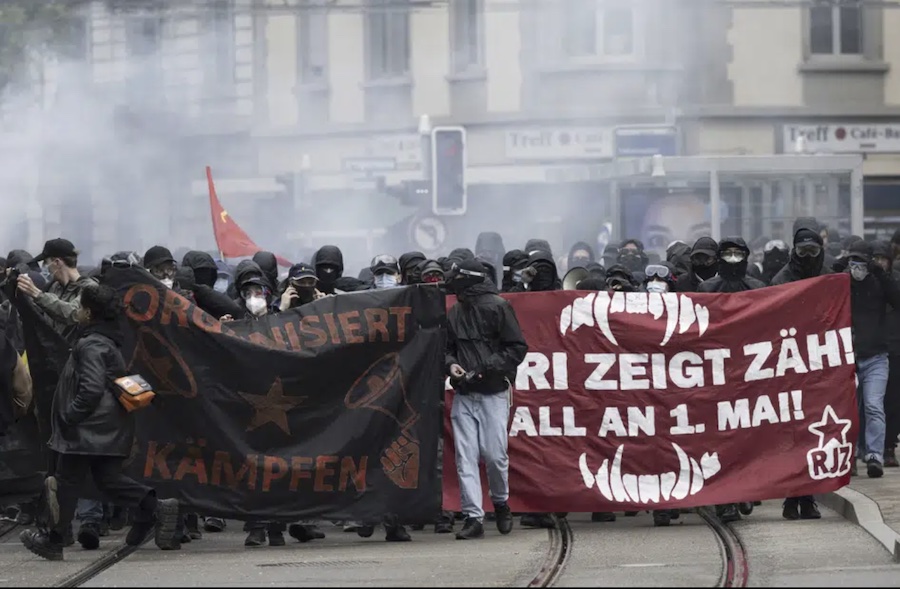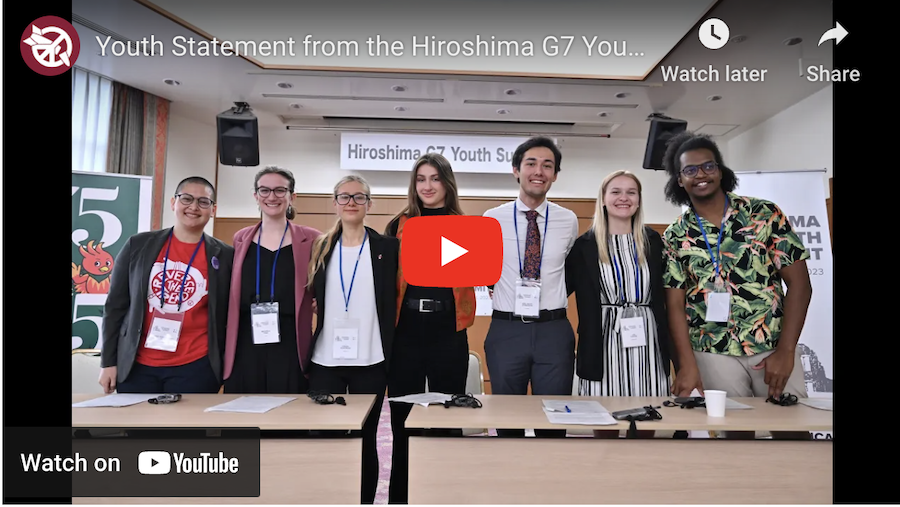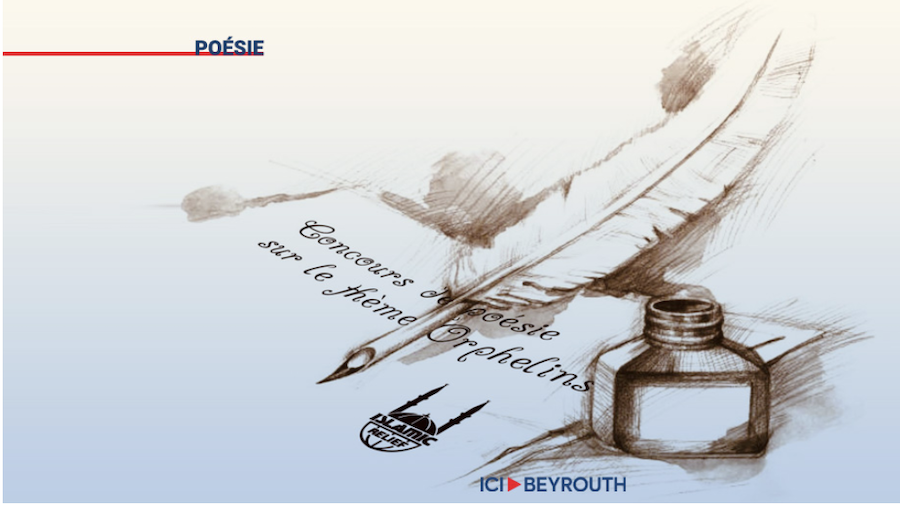. . SUSTAINABLE DEVELOPMENT . .
An article from the United Nations News Service
More than half the world is being left behind at the midpoint for achieving the 2030 Agenda for Sustainable Development, UN Secretary-General António Guterres told ambassadors in New York on Tuesday (April 25).

UN News Students in Tanzania hold Sustainable Development Goals (SDG) cards.
Launching a special edition of the Sustainable Development Goals (SDGs) progress report, he warned that their collective promise made in 2015 of a more green, just and equitable global future, is in peril.
“Unless we act now, the 2030 Agenda will become an epitaph for a world that might have been,” he said.
Rising poverty and hunger
The report reveals that just 12 per cent of the 169 SDG targets are on track, while progress on 50 per cent is weak and insufficient. Worst of all, he said is the fact that progress has either stalled or even reversed on more than 30 per cent of the goals.
The 17 SDGs are in a sorry state due to the impacts of the COVID-19 pandemic and the devastating “triple crisis” of climate, biodiversity and pollution, amplified by the Russian invasion of Ukraine.
As a result, the number of people living in extreme poverty is higher than it was four years ago. Hunger has also increased and is now back at 2005 levels, and gender equality is some 300 years away. Other fallouts include record-high inequality and rising greenhouse gas emissions.
Fundamental changes needed
The UN chief noted that many developing countries cannot invest in the SDGs because of burdensome debt, while climate finance is far below commitments. Richer nations have not yet delivered on the $100 billion promised annually in support, he recalled, among other climate pledges.
“The 2030 Agenda is an agenda of justice and equality, of inclusive, sustainable development, and human rights and dignity for all. It requires fundamental changes to the way the global economy is organized,” he said.
“The SDGs are the path to bridge both economic and geopolitical divides; to restore trust and rebuild solidarity,” he added. “Let’s be clear: no country can afford to see them fail.”
SDG Stimulus
Mr. Guterres has appealed or an SDG Stimulus plan of at least $500 billion a year, and for deep reforms to the international financial architecture, both key recommendations in the report.
(Article continued in the right side of the page)
Can UN agencies help eradicate poverty in the world?
(Article continued from the left side of the page)
The SDG Stimulus aims to scale up affordable long-term financing for all countries in need, tackle debt and expand contingency financing – all areas that require action.
Although these measures can help to turn the situation around, he stressed that they will not solve the fundamental issue of the current unjust and dysfunctional global financial system, which will require deep reforms.
Globalization that benefits all
Repeating his call for “a new Bretton Woods moment” – when the first negotiated international monetary rules were established in 1944, including the International Monetary Fund – Mr. Guterres said developing countries must have greater representation in global financial institutions.
“We need a financial system that ensures the benefits of globalization flow to all, by putting the needs of developing countries at the centre of all its decisions,” he said.
The SDG progress report also contains five other important recommendations.
Commit and deliver
The first calls for all UN Member States to recommit to achieve the goals, at the national and international levels, by strengthening the social contract and steering their economies to the green transition.
The second point urges governments to set and deliver on national benchmarks to reduce poverty and inequality by 2027 and 2030, which requires focus on areas such as expanding social protection and jobs, but also education, gender equality, and “digital inclusion”.
The report calls for all countries to commit “to end the war on nature”. Governments are urged to support the Acceleration Agenda for climate action, under which leaders of developed countries commit to reaching net zero emissions, and to deliver on the new Global Biodiversity Framework, signed in December.
Support for development
The fourth point focused on the need for governments to strengthen national institutions and accountability. “This will require new regulatory frameworks and stronger public digital infrastructure and data capacity,” said Mr. Guterres.
His final point underscored the need for greater multilateral support for the UN development system and decisive action at the Summit of the Future to be held next year.
Hopes for SDG Summit
In the interim, world leaders will gather at the UN in September for the SDG Summit. This will be a moment of truth and reckoning, Mr. Guterres said, though adding that it must also be a moment of hope towards kickstarting a new drive to achieve the goals.
The Secretary-General insisted that “SDG progress is not about lines on a graph”, but rather about healthy mothers and babies, children learning the skills to fulfil their potential, renewable energy and clean air, and other such development accomplishments.
“The road ahead is steep. Today’s report shows us just how steep,” he said. “But it is one we can and must travel – together – for the people we serve.”



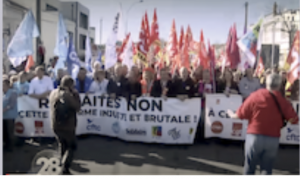

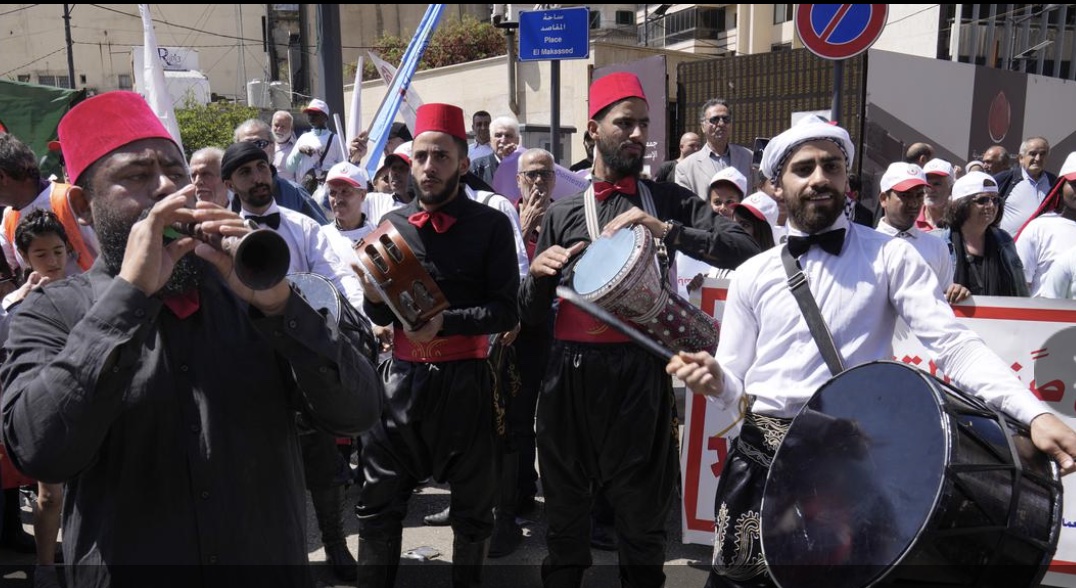
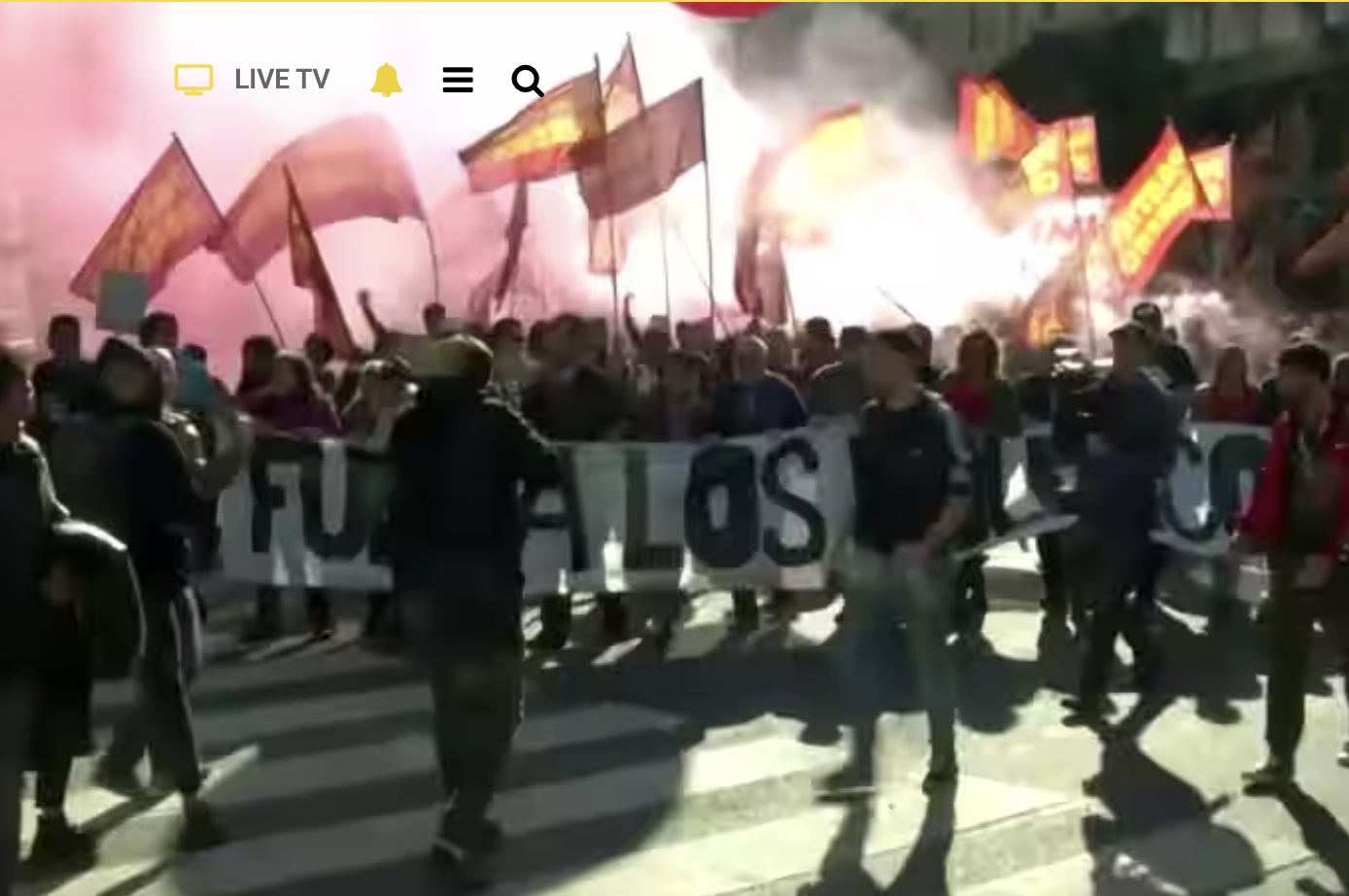
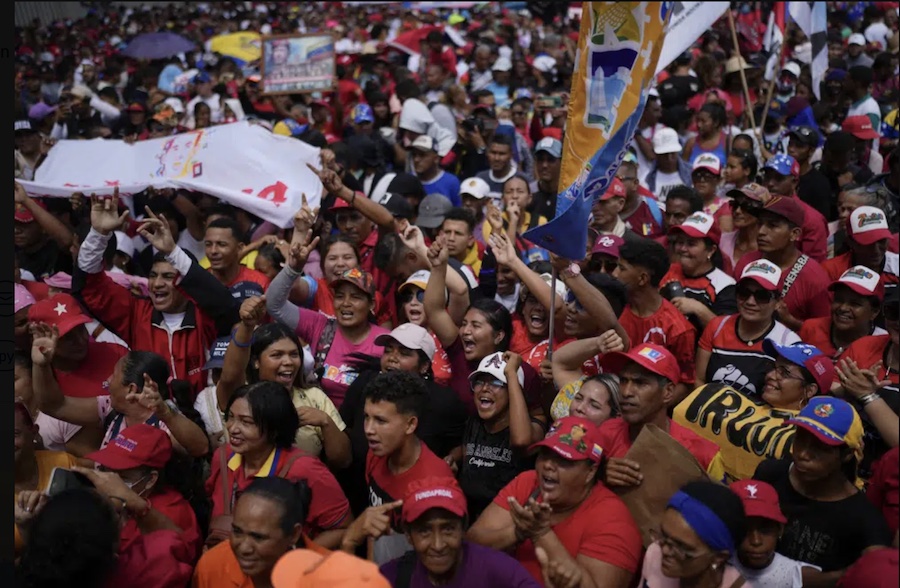
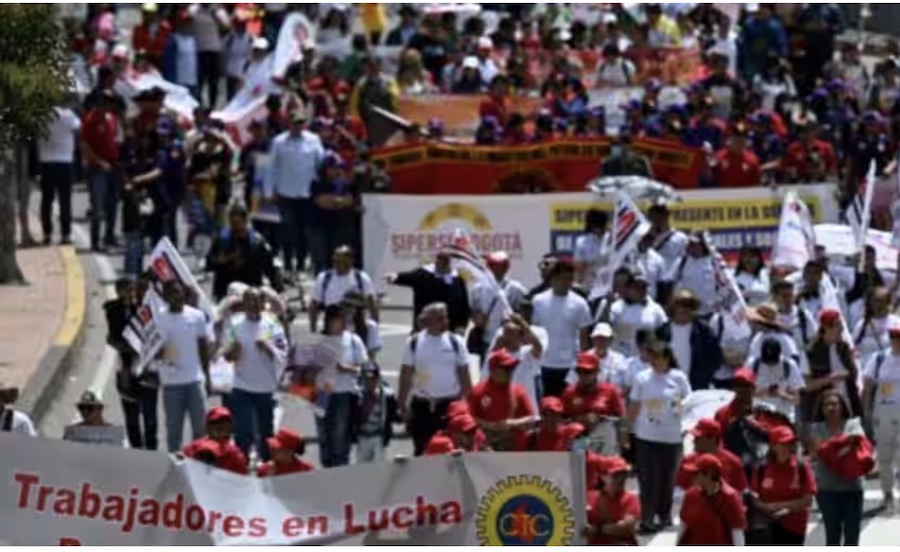












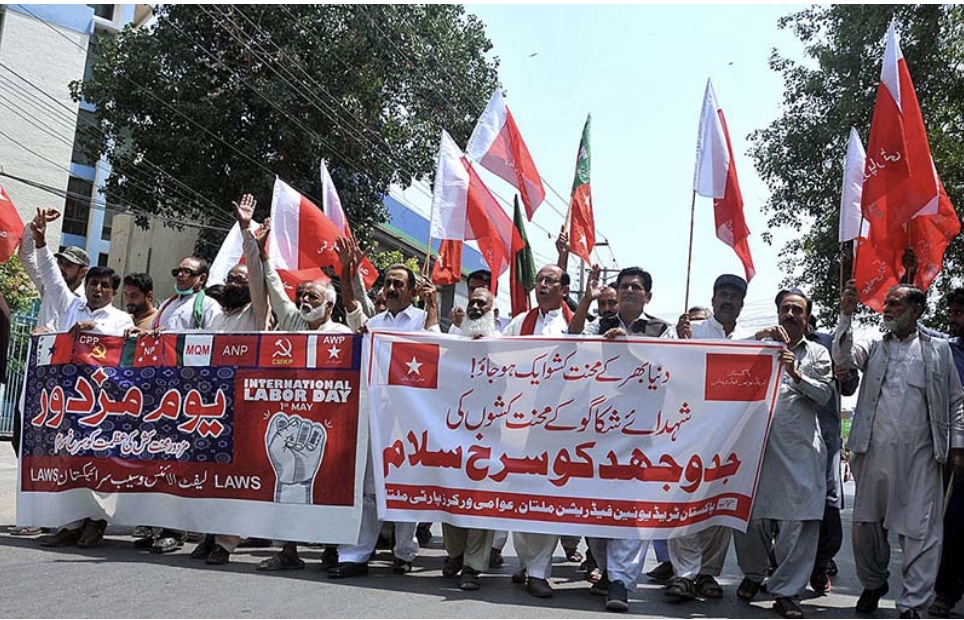


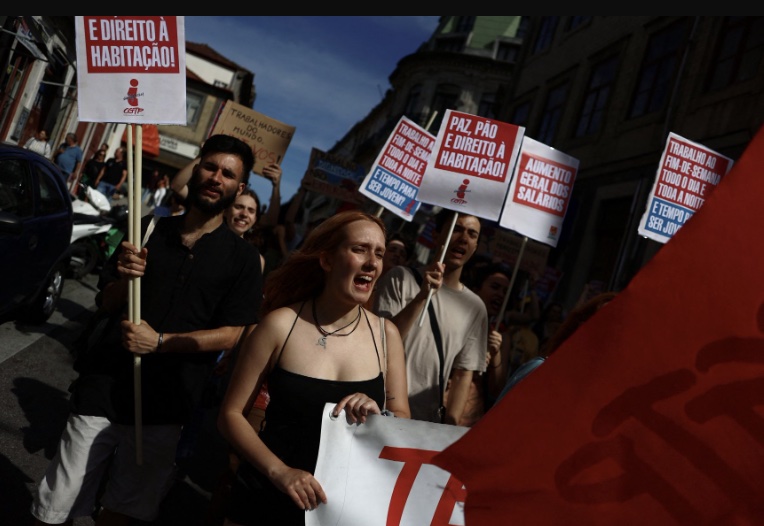


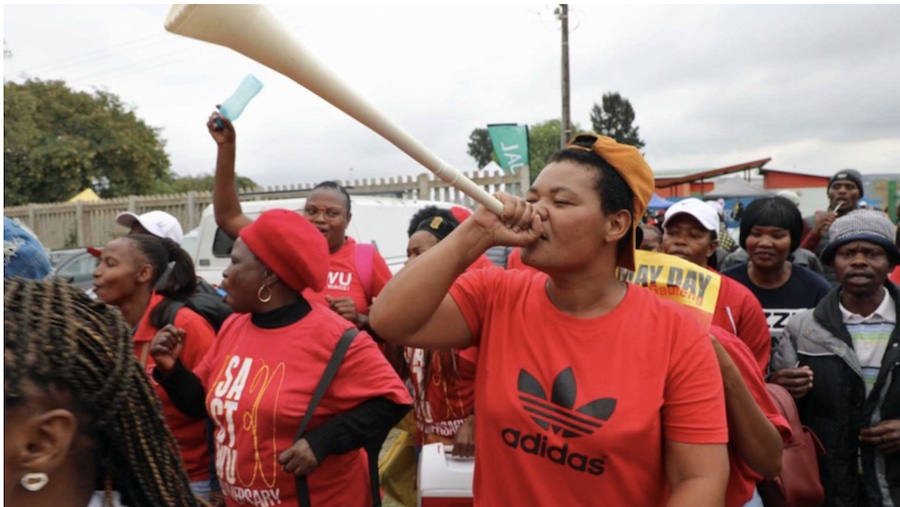
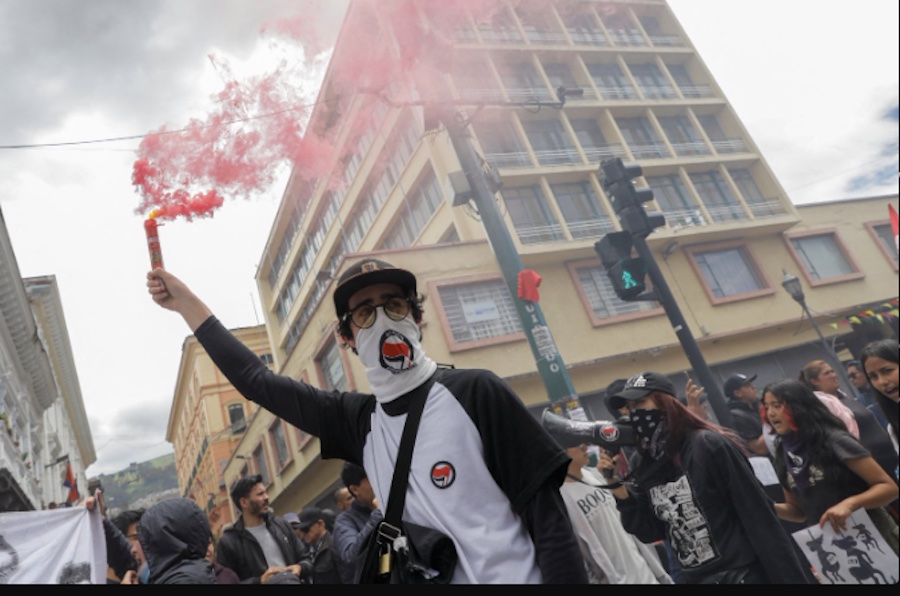

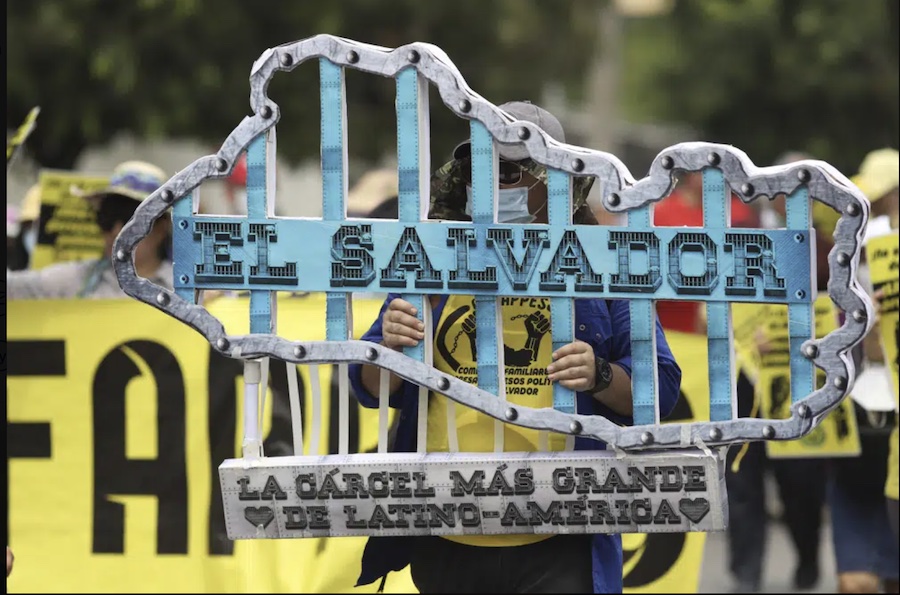



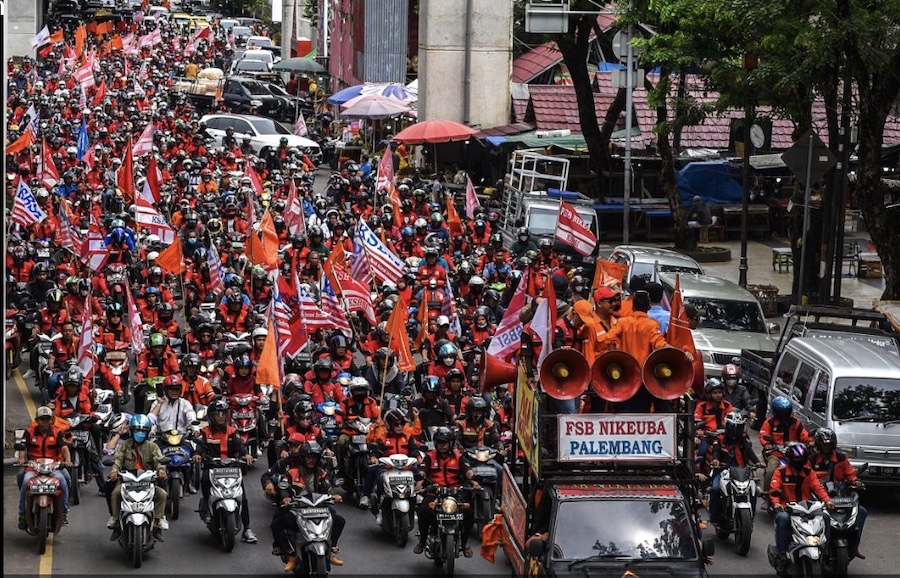
 Labour day parade march in front of the town hall in Vienna, Austria. [Lisa Leutner/AP Photo]
Labour day parade march in front of the town hall in Vienna, Austria. [Lisa Leutner/AP Photo]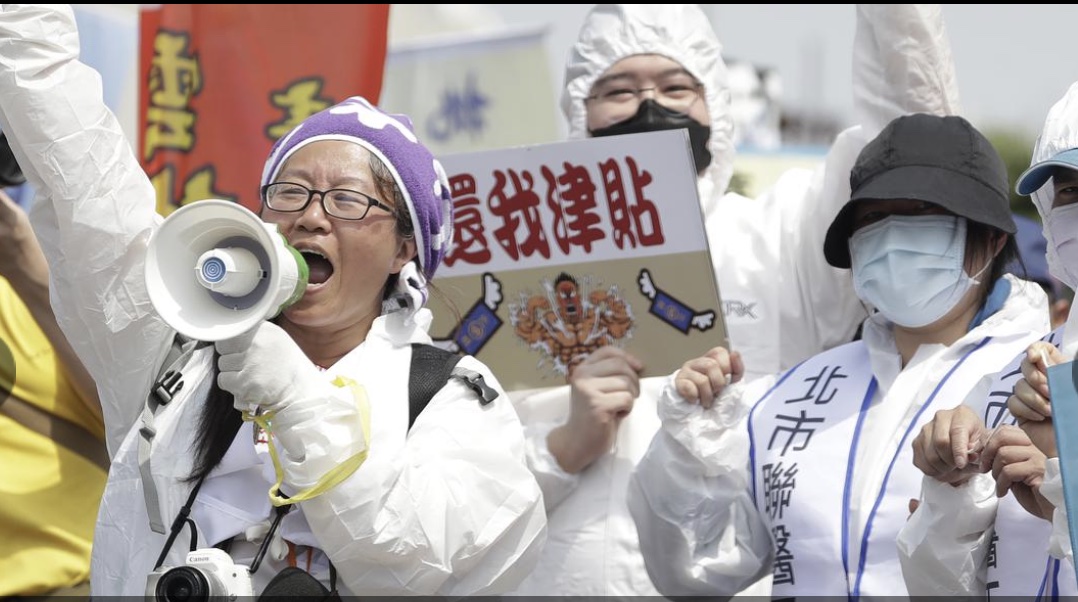 Medics hold slogans reading “I want benefits” during a May Day rally in Taipei, Taiwan (AP Photo/Chiang Ying-ying)
Medics hold slogans reading “I want benefits” during a May Day rally in Taipei, Taiwan (AP Photo/Chiang Ying-ying)